Dear readers, With the launch of e-newsletter CUHK in Focus, CUHKUPDates has retired and this site will no longer be updated. To stay abreast of the University’s latest news, please go to https://focus.cuhk.edu.hk. Thank you.
A Machine with Six Edges
Greetings from the latest addition to CUHK’s neuroscientific armoury
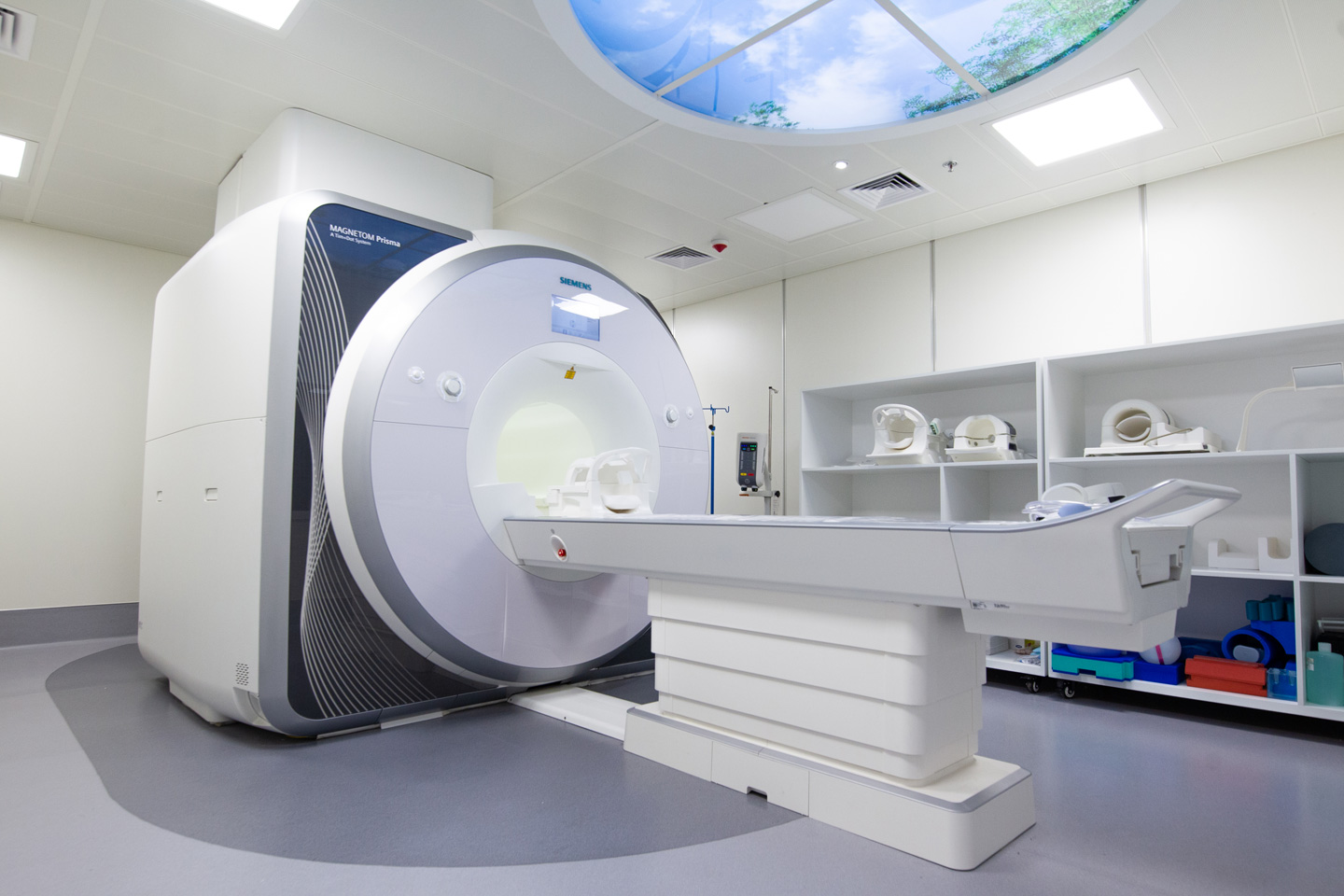
Hi, the name on my birth certificate is MAGNETOM Prisma 3 Tesla (T) MRI Scanner. I became a member of the Gerald Choa Neuroscience Centre (GCNC) MRI Core Facility earlier this year.
I cost CUHK over HK$50 million and am now housed at the Department of Imaging and Interventional Radiology, Prince of Wales Hospital. I am the most powerful 3T MRI neuroimaging machine in the world and can allow researchers to visualize even very small brain structure and to track how nerve fibers connect with different parts of the brain in the finest detail. Prof. Winnie Chu, Head of the GCNC MRI Core Facility, described me as ‘Hong Kong’s first research-dedicated Prisma 3T MRI Scanner [which] allows the study of brain activities and functions in a living subject with great accuracy and provides new opportunities to discover brain functions associated with brain development and changes in healthy individuals as well as those with various brain diseases.’
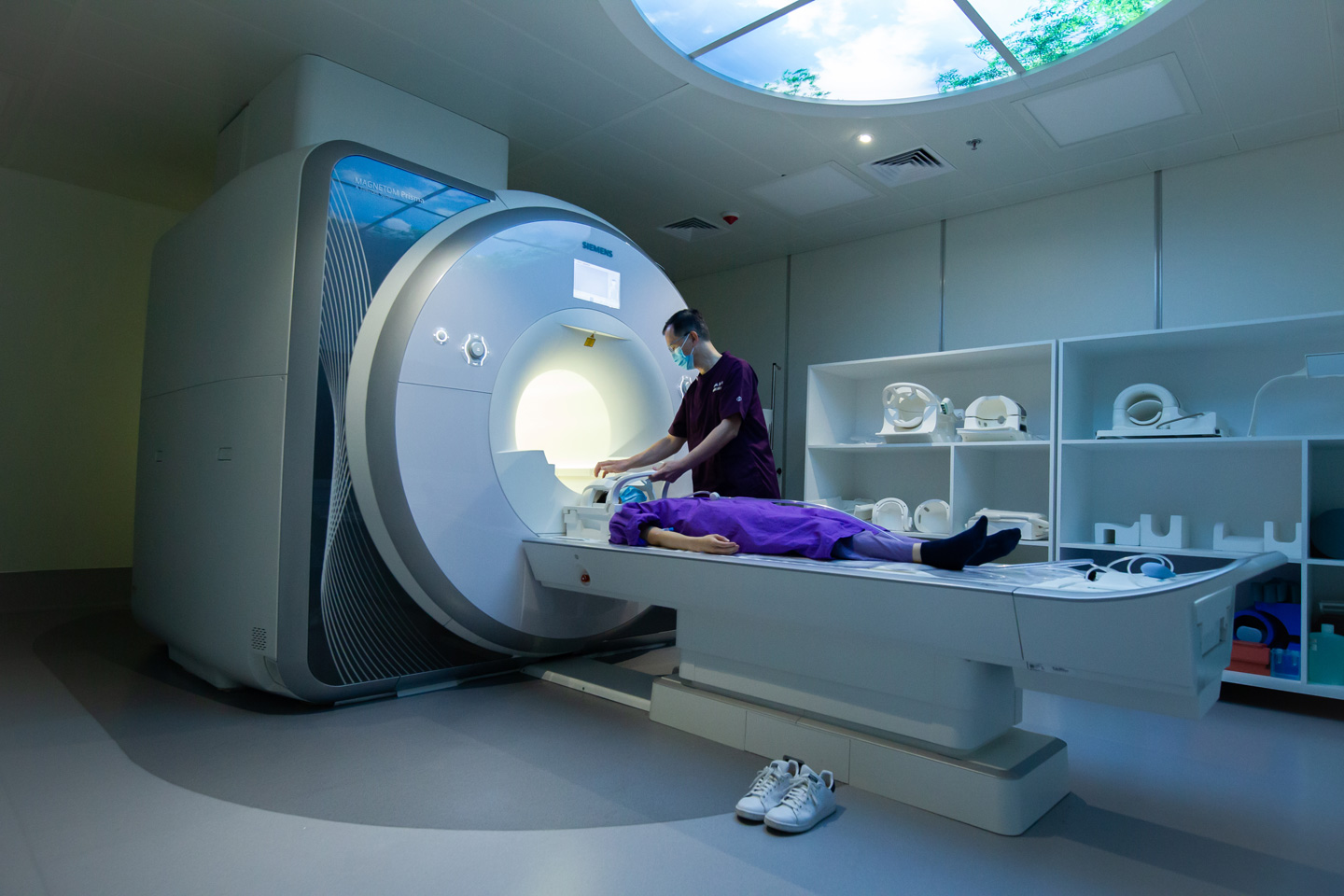
Quicker Scanning
I can reduce scanning time by half, which is extremely important especially for subjects who are very young, older, or with mental health issues, as keeping still inside the scanner for a long time could be challenging for them. I take only half an hour to complete a scanning session that previously may take an hour or even longer, and the resolution is the same or even better than a conventional scanner.
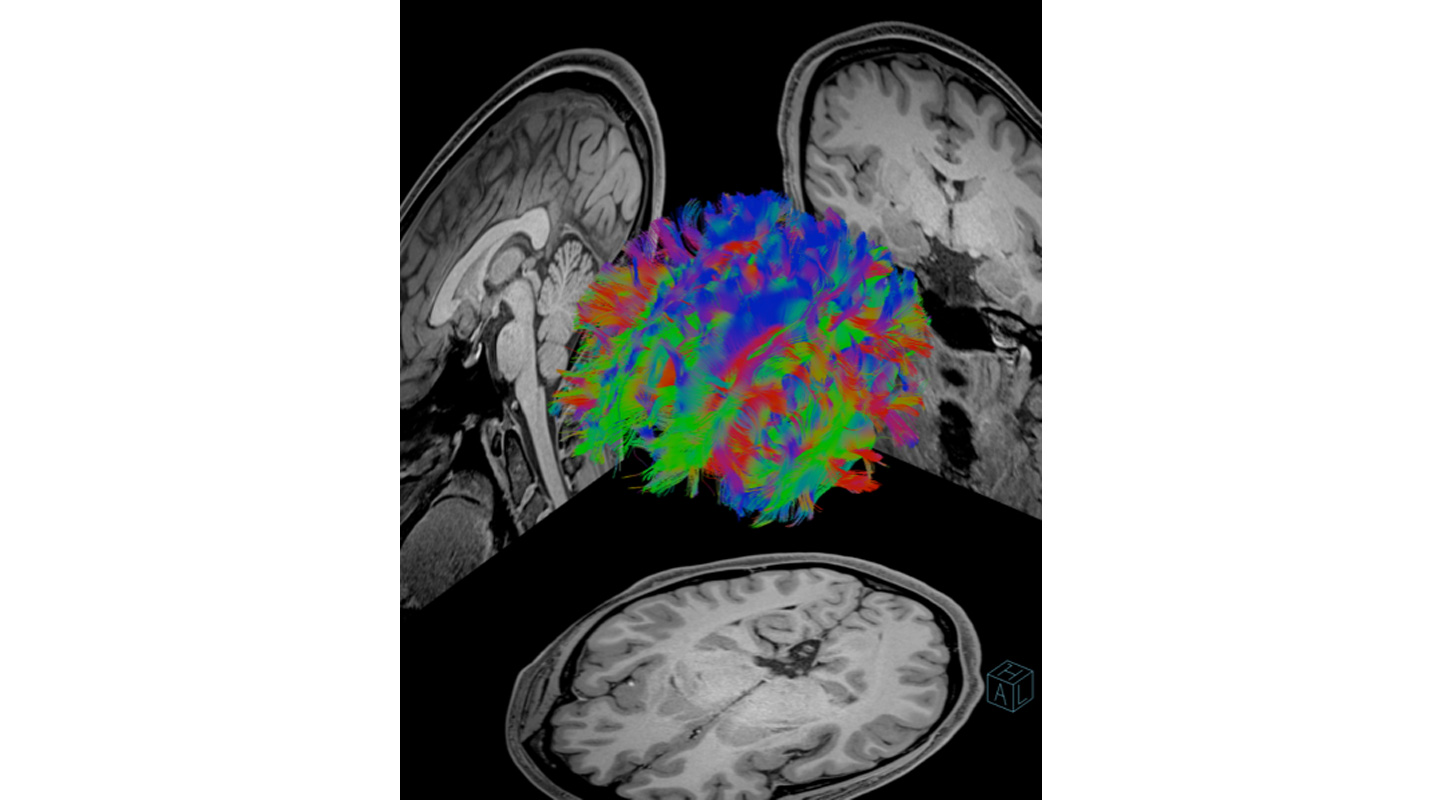
Clearer Pictures
With me CUHK neuroscientists can understand fully the complicated pathological brain changes that are happening in many common brain diseases. Prof. Vincent Mok, Co-Director of GCNC and Head of Division of Neurology, has certain expectations of me and said, 'We are now able to obtain a much clearer picture on what is happening inside the brain of patients suffering from many common brain diseases, such as Alzheimer's disease, stroke, Parkinson's disease, epilepsy, multiple sclerosis, tumor, depression, anxiety disorder, autism and dyslexia. I am confident that a more complete understanding of the brain changes of these diseases will lead to development of better imaging diagnostic and prognostic biomarkers, as well as novel treatments for these diseases, eventually transforming clinical practice for these disabling brain diseases.'
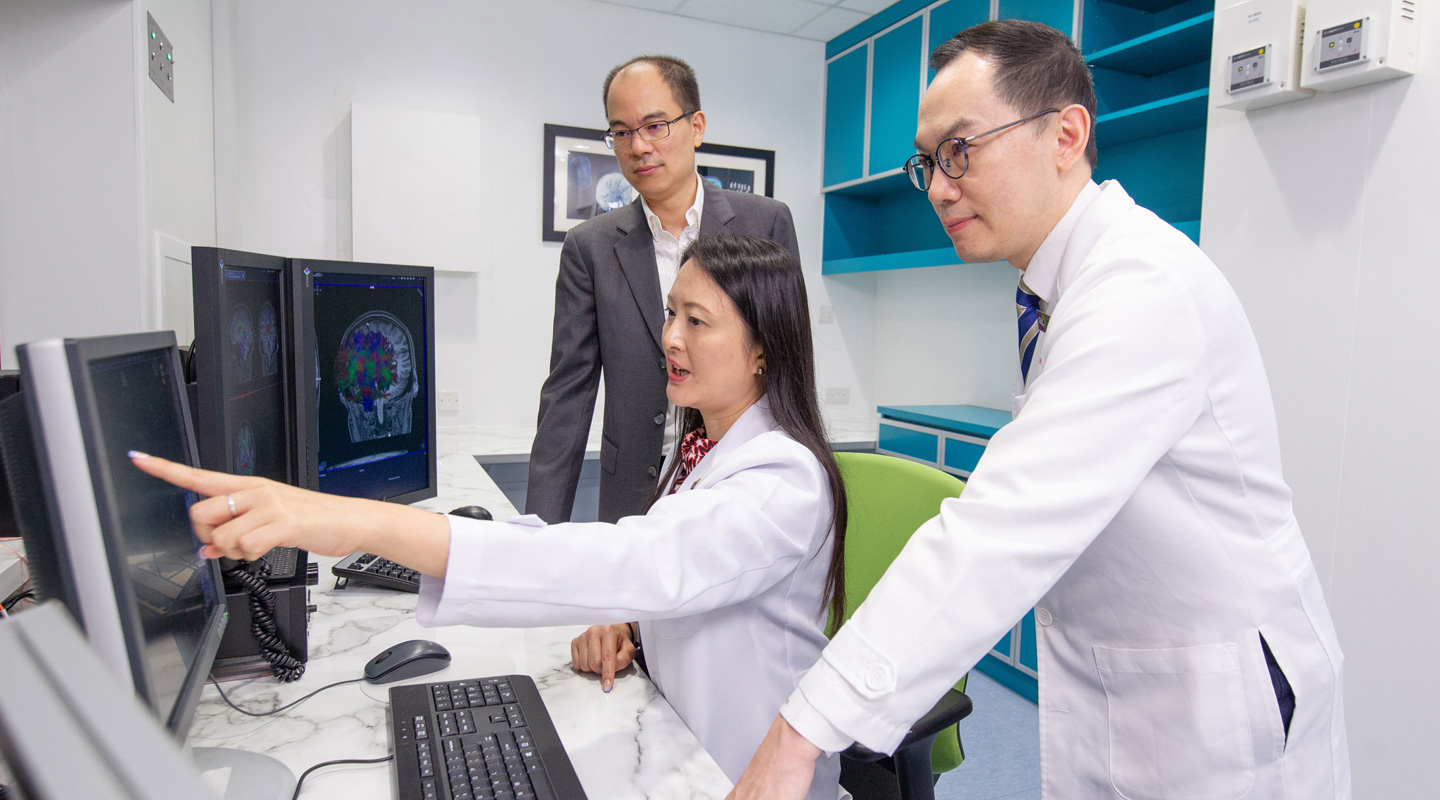
Fathoming the Fundamentals
I can help CUHK neuroscientists to get to the bottom of fundamental questions relating to brain development and functions, which prompts Prof. Patrick Wong, Director of the Brain and Mind Institute, to say, ‘We are now in a much better position to study the biological mechanisms underpinning brain development and functions, as well as human behaviour, right from the neonate to the octogenarian.’
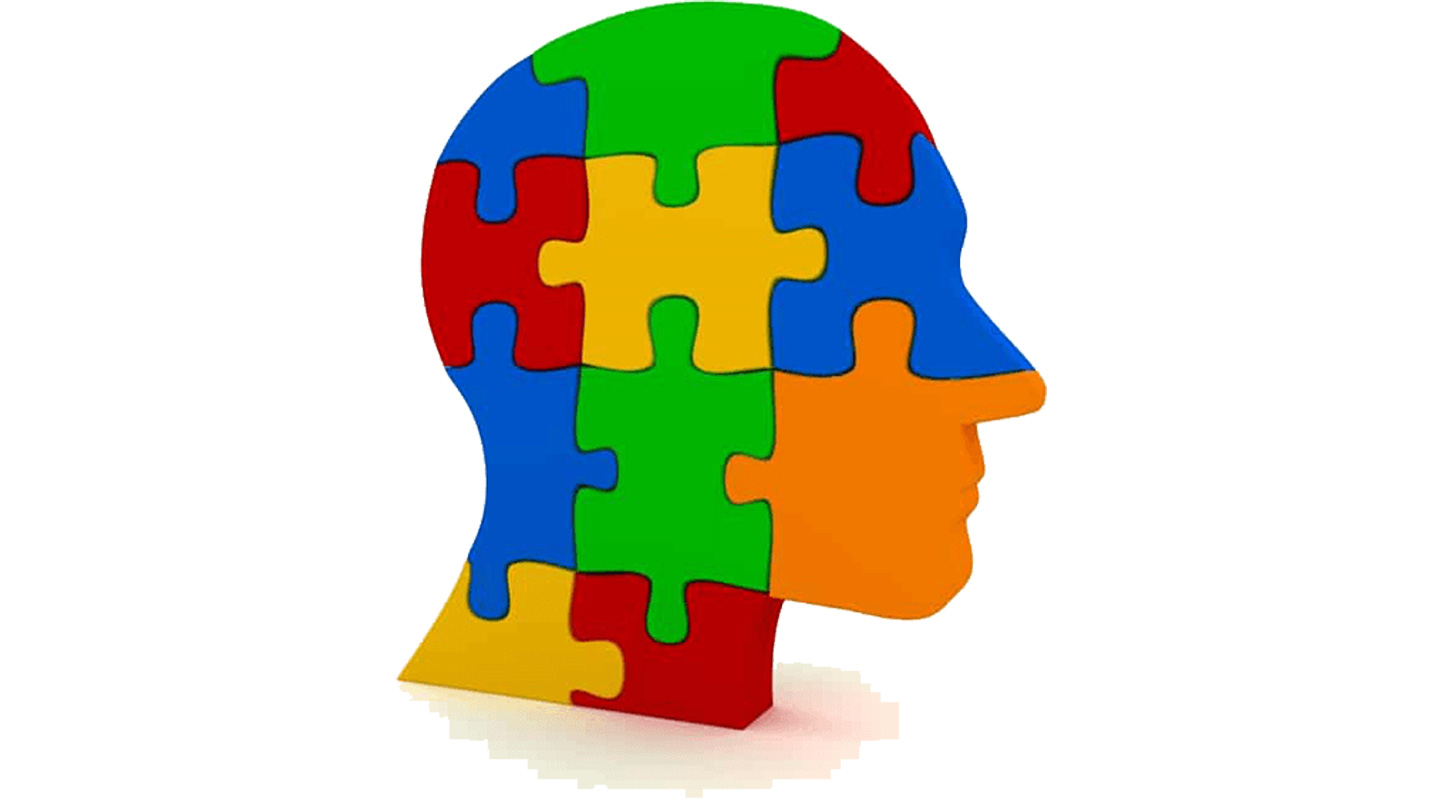
Linchpin to Disparate Disciplines
I think I can help to enhance inter-disciplinary collaborations across many disciplines in CUHK, including psychology, linguistics, education, engineering, biomedical sciences, radiology, neurology, psychiatry, neurosurgery, pathology, anesthesia, ophthalmology and ENT.
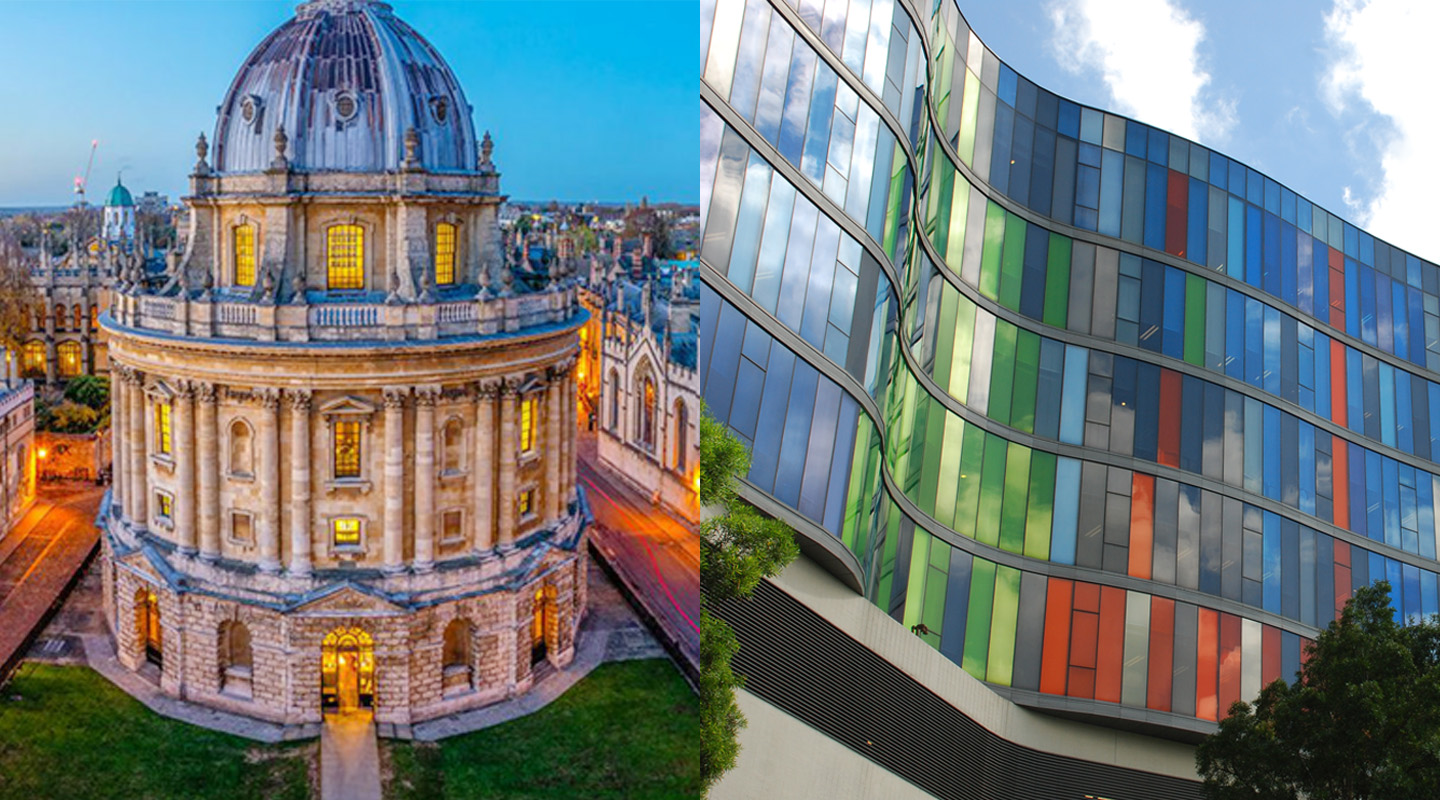
Sister Machines, Sister Institutions
I have many siblings in elite neuroscience institutions worldwide. We and our host families talk to each other. Because of me, CUHK is now able to partner with these elite institutions (e.g., Oxford University, University of Munich) in neuroscience projects. CUHK's membership in the IDEA (Integrated Development Environment for Applications) network, one of the world's largest and most active research communities in 3T MRI research, will likely bring about major and impactful breakthroughs in neuroscience.
By tommycho@cuhkcontents with information from CUMED